Figures & data
Fig 1–3. Flagellar beat pattern and swimming velocity of four species of fucalean algae. Fig. 1. Variation of sperm cell shapes and beating patterns of flagella in four species of fucalean algae. Fig. 2. Swimming velocities of sperm in four species of fucalean algae in the dark with and without eggs (mean ± SD, n = 28). Fig. 3. Beat frequencies of AF in four species of fucalean algae in the dark with and without eggs (mean ± SD, n = 7). SME (−Egg vs. +Egg), ***p < 0.001 (see text for the detailed description). Scale bars: 10
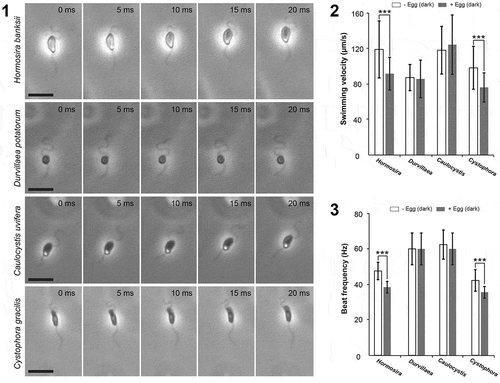
Fig 4. Schematic representation of male gametes/sperm morphology and swimming behaviours in response to chemical and light signals. ‘Pattern’ denotes typical swimming patterns during chemotaxis, where the circle represents the egg and the arrow represents the typical path of the male gametes/sperm. ‘Steering’ refers to which flagellum contributes more to switching swim orientation chemotaxis: AF = anterior flagellum, PF = posterior flagellum. The black line (–) indicates the timing of the sharpest bends in PF. + and – denote positive and negative phototaxis, respectively; X indicates no phototaxis and n.i. indicates phototaxis was not investigated
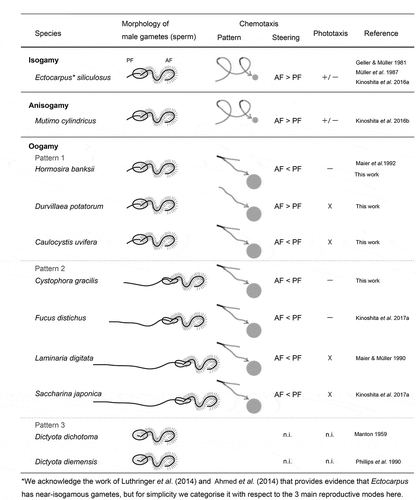
Fig 5. Swimming patterns of sperm in four species of fucalean algae. Left and right pictures show the two-second trajectories of sperm without and with eggs, respectively. * represents the position of eggs. Scale bars: 200 µm
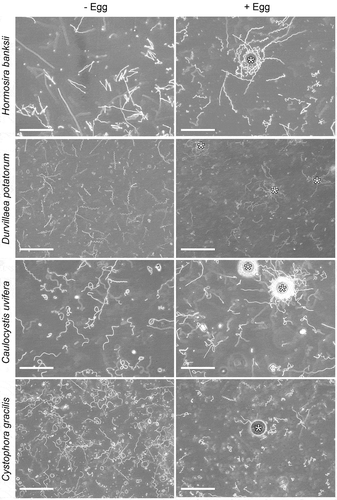
Fig 6. Chemotactic turns of sperm in Hormosira banksii, Caulocystis uvifera and Cystophora gracilis. Arrowheads indicate the position of PF. Scale bars: 10 µm
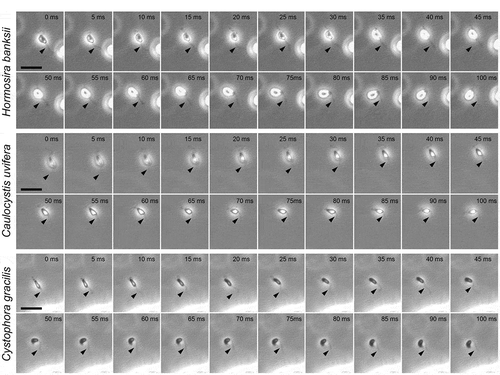
Fig 7–8. Phototaxis of sperm in Hormosira banksii at different times after spawning. Fig. 7. Blue light (blue arrows) was provided to sperm in dish plates. Dish phototaxis assays showing the appearance before and 3 min after unidirectional blue light provision. Brown colour in the photos represents sperm. Fig. 8. Plots showing the number of the cells moving in a particular direction relative to the blue light direction (θ°) (12 bins of 30°, n = 28 cells per each condition). Data for 1 h, 2 h, 3 h, 4 h and 5 h after spawning are shown without or with blue light
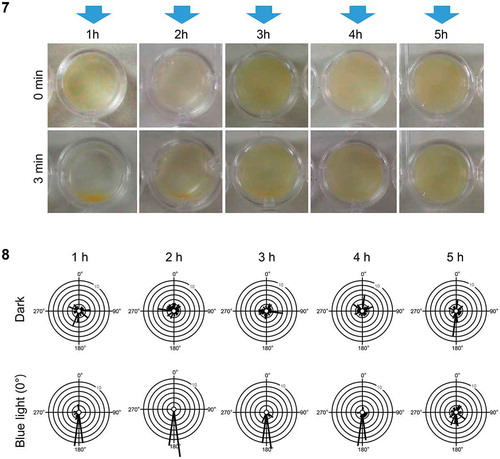
Fig 9–10. Phototaxis of sperm in Hormosira banksii under several conditions of observation medium. Fig. 9. Blue light (blue arrows) was provided to sperm in dish plates. Dish phototaxis assays showing the appearance before and 3 min after unidirectional blue light provision. Brown colour in the photos represents sperm. Fig. 10. Histograms showing the number of the cells moving in a particular direction relative to the blue light direction (θ°) (12 bins of 30°, n = 28 cells per each condition). Data in pCa 1, pCa 2 (control), pCa 4, pCa 6, 1 mM theophylline and + SF are shown without or with blue light
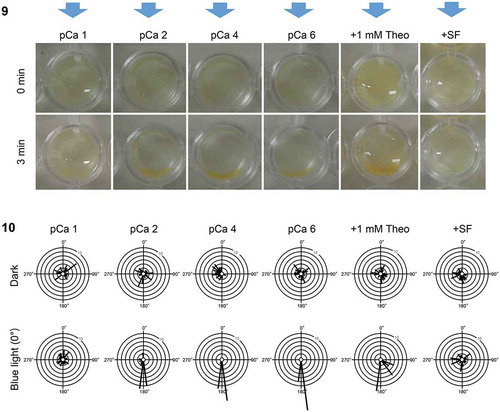
Fig 11. Schematic models of the relationships between chemotaxis, thigmotaxis and phototaxis in nature for anisogamous (represented by Mutimo cylindricus) and oogamous (represented by Hormosira banksii) species. Note, these two representative species do not naturally occur in proximity to each other

